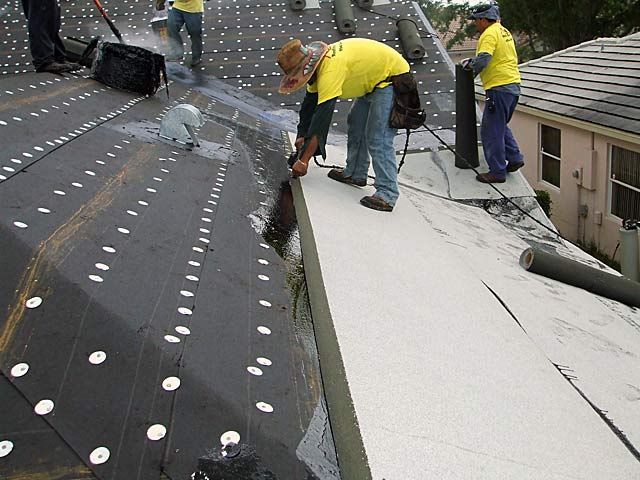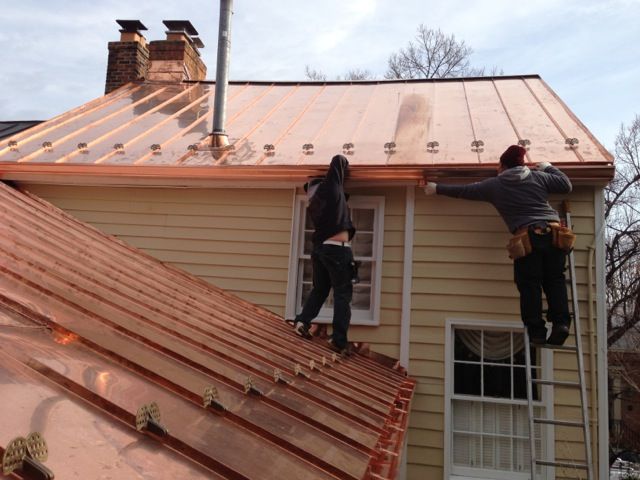
Roof Needs and Attic Ventilation
Supplying correct attic air flow is one of … or rather one of the most essential concerns related to this area, having a big influence on your residence’s “health” and appropriate functionality (especially in cool climates).
As long as you have an attic (more than likely if your house has a pitched roof and also none or partial sanctuary ceilings), it ought to be accessible, as well as occasionally checked for any kind of abnormalities.
Believe it or otherwise – a number of the property owner don’t also understand, that there’s an attic room, and how essential it is to maintain attic air flow as well as control the quantity of wetness moving into this area. Giving attic room ventilation by using a mix of various types of attic/ roofing vents, plays a vital duty in protecting against such issues as mold and mildew development, as well as ice damming …
Attic air circulation/ Just how much of that air flowing through your attic room you truly require …
You can find different attic room air flow calculators online, to offer you descriptions in numbers, and also I’ll try to include a few words to it.
The standard attic ventilation principle is to maintain that unused area of our residence as trendy as feasible – essential condition during the winter – splitting quantity of the roofing upper and lower vents 50/50.
Several of us assume definitely the opposite, and also seal all of the attic room air flow ports, often protecting roof covering outdoor decking (in unconditioned attics), thinking that such action will decrease the utility costs. Regrettably, by doing that, they are developing an ideal attic room mold-growing atmosphere (wet and warmer than the exterior).
You can partially identify how great is your attic ventilation by checking out the roofing surface during the winter (from the ground certainly!). After some snow gathers on a pitched roof surface, observe it over the following couple of days. If your roofing continues to be snow-covered, there’s a great chance that your attic ventilation, as well as attic floor insulation, are adequate.

That may additionally be evidence that whatever warm is being moved through the attic room floor (house ceiling), and all other infiltrations in between your house – an attic room area, has sufficient escape routes.
Any type of roofing system surface area, where snow begins vanishing, usually represents a heat resource in the attic room, or pin-points attic room components where the cozy air has been trapped, rather than being aired vent to the outside. With an ambient temperature level above cold, such investigation may not be accurate, as well as you’ll require to open the attic room hatch …
The suitable roofing/ attic ventilation would certainly contain a mix of vents found in the:
- the top section of the attic (ridge vents, wind turbine, box-shaped or dome fixed vents, electric motor powered vents).
- vents set up along the bottom parts of the roof covering overhang, called intake, or soffit vents, hip vents, and/ or.
- gable vents.
Roofs without, or extremely tiny overhangs could be able to utilize a “vented drip side” kind of air vent.
Do not incorporate attic gable vents with roof covering soffit and also ridge/ top roofing air vent systems – it might interrupt attic room air flow/ air flow process. If you have some attic ventilation or any home roofing maintenance-related questions, please this source to know more.

Tools for Hair Any Salon

The Feeling of Anxiety
You May Also Like

Travelling Alone
April 5, 2020
It’s Your Bed – Make Sure You Love It
May 5, 2020
